Write Us
We are just a call away
[ LET’S TALK AI ]
X
Discover AI-
Powered Solutions
Get ready to explore cutting-edge AI technologies that can transform your workflow!

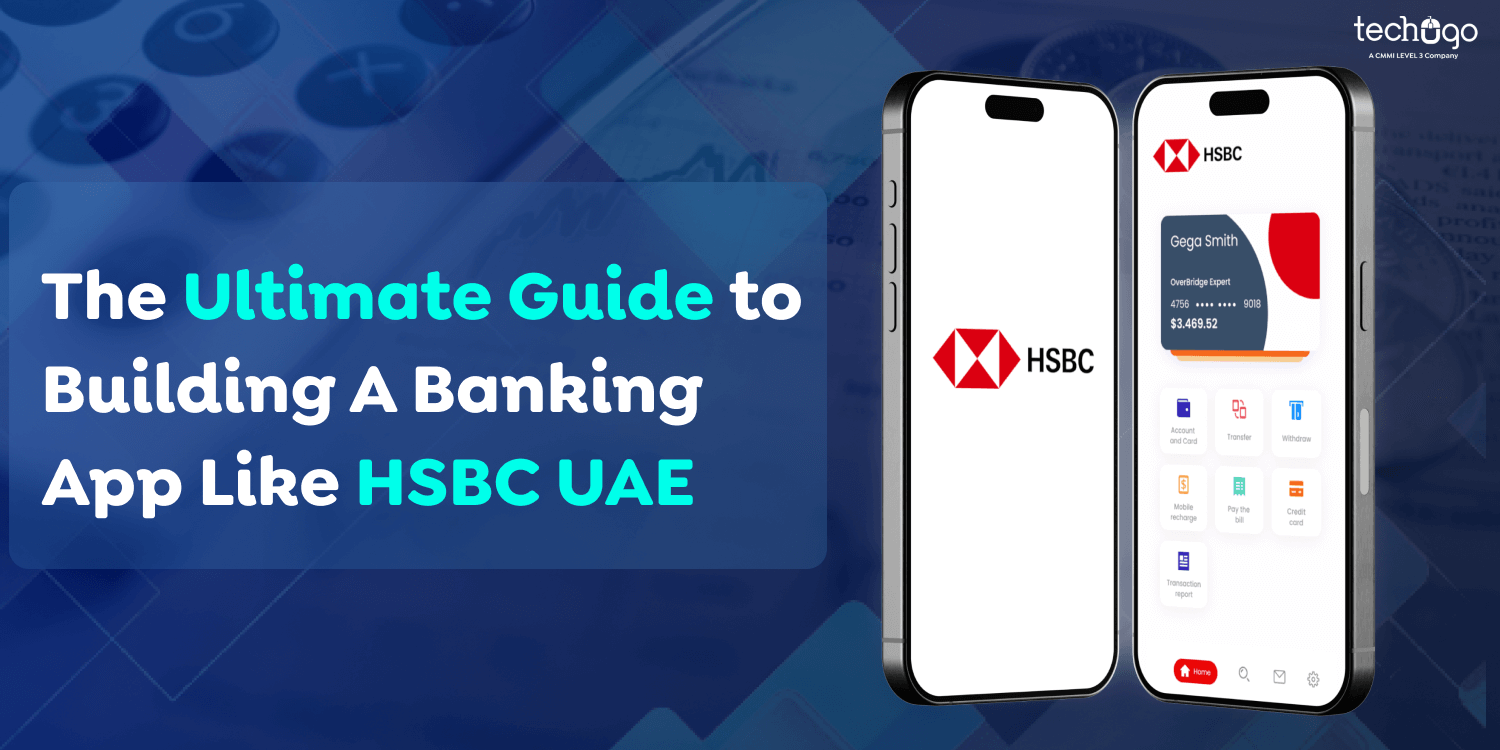
In the current world, with mobile banking on the rise, mobile applications are the most essential instruments in providing convenient performance, as well as in searching for and introducing innovative services. These apps allow customers to transact conveniently, negating conventional banking methods. HSBC UAE is a perfect example of how a banking application that has been well-designed and secure in its settings makes the complete paradigm shift for the end user. The current work analyzes the HSBC UAE online banking app, which offers excellent usability, tight security measures, and numerous practical features that allow users to perform many financial transactions.
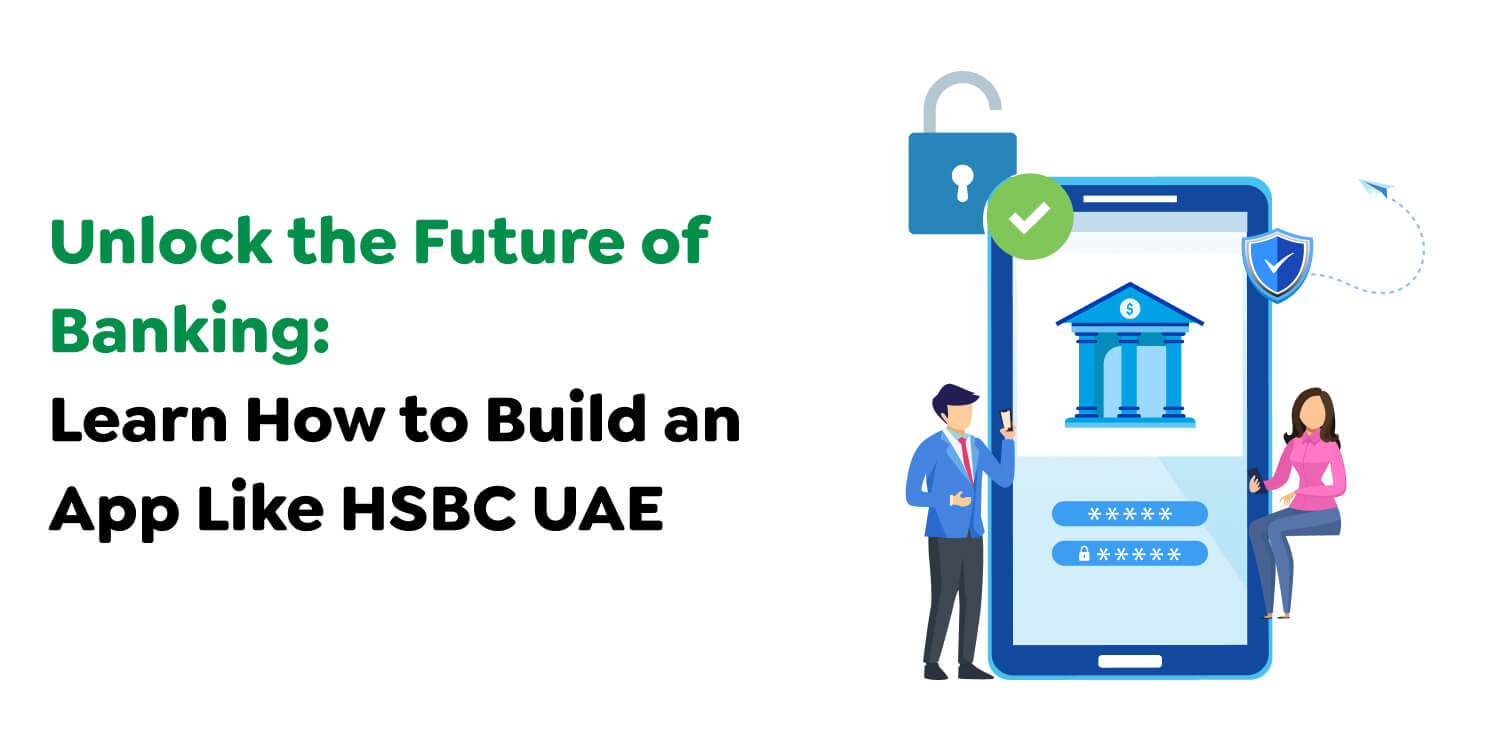
Evaluating the factors that have made HSBC UAE possible, those wanting to develop similar apps should employ the help of a competent mobile app development company in UAE to make their project work. It is, therefore, vital to know that the success of HSBC UAE is anchored on incorporating newfangled features, a user-centered method, and high-standard security measures; in this guide, you will find out how to navigate through the general working elements, the comprehensive process of designing and implementing, and the various considerations when constructing a modern banking application with the best functional and usability features.
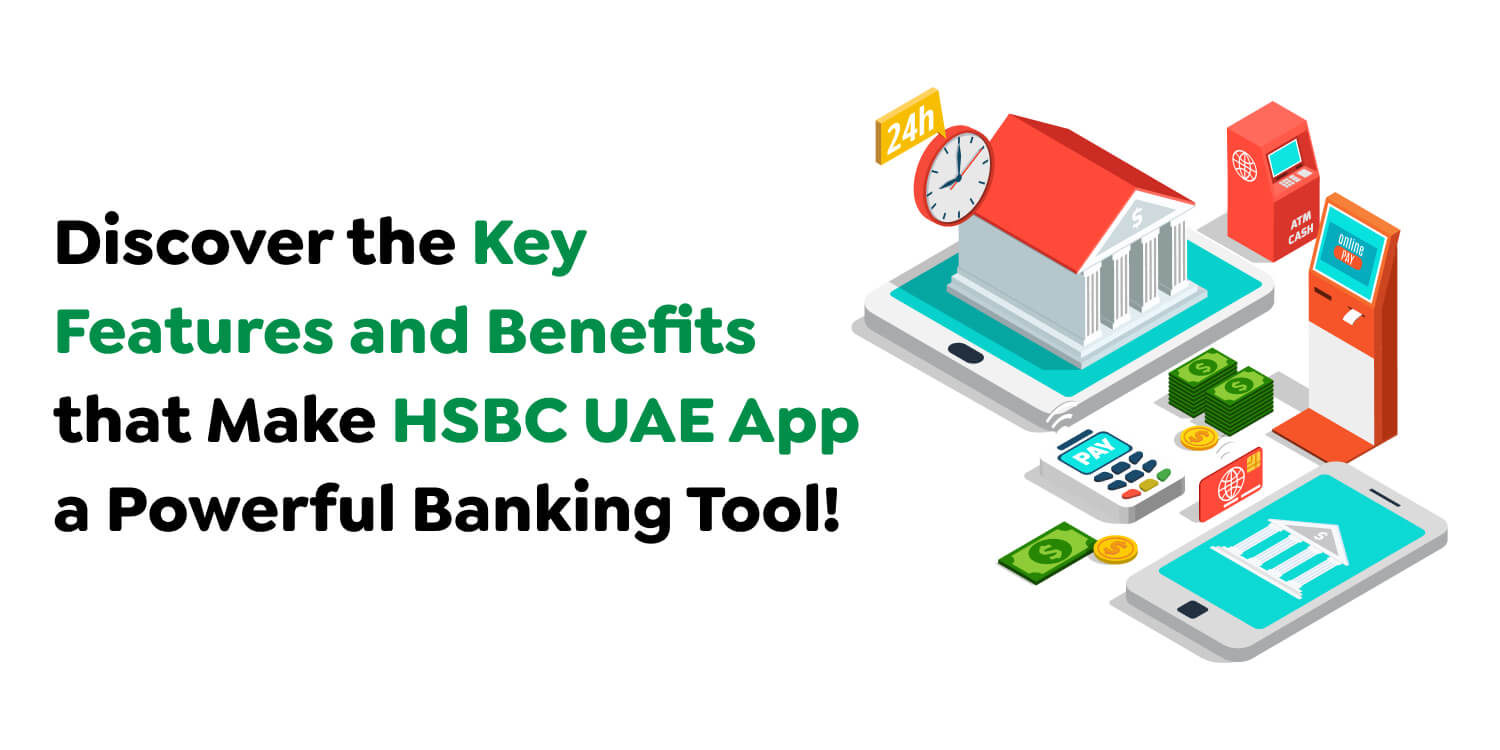
The HSBC UAE App provides customers with everything they need in one place, tailored to their needs. It is intended to offer satisfactory services to various customers and hence serves as a portable and flexible money market. Users can efficiently operate accounts, make transfers, pay bills, and invest in different financial products. This is made possible by adopting an ingenious design, enhanced security features, and an array of features that guarantee users an easy time managing their resources.
Key Features of the HSBC UAE App:
Also Read : Step-by-Step Guide for Mobile App Development Process
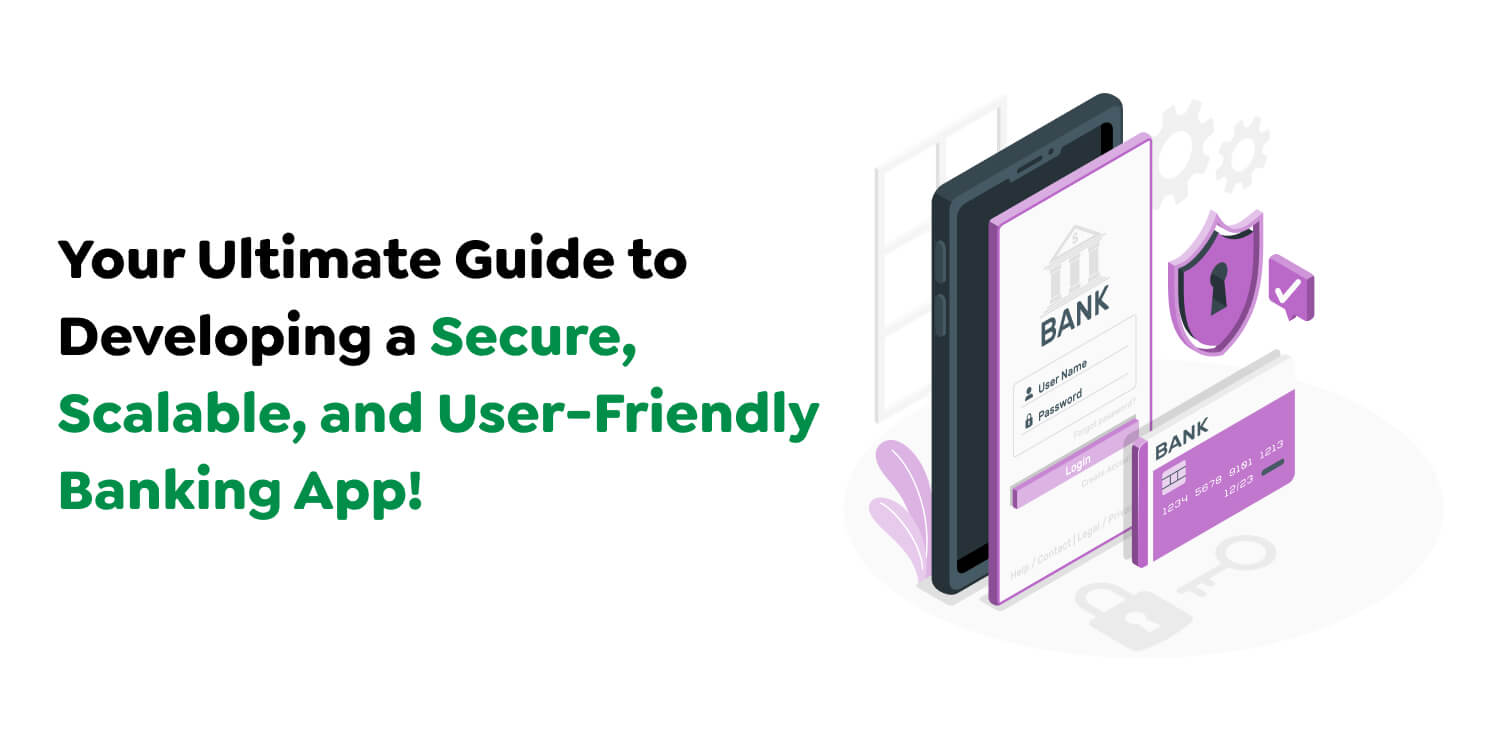
Let us first outline the main reason for creating a particular app. Is your application used for a specific country, or are you offering new banking services? Clear goals and objectives will be set during every software development phase, and these shall be before.
Understand what your target audience enjoys or dislikes and their greatest strengths and weaknesses. He added that one needs to research current competitors, such as HSBC, Emirates NBD, and ADCB(Abu Dhabi Commercial Bank), and see where a far superior User Experience can be offered to the consumer and where a market void exists.
Based on research, curate a list of essential features to set your app apart. Some key considerations include:
Given the sensitive nature of financial data, security is critical. Implement:
The app’s design should prioritize ease of use. Incorporate:
Your backend should support scalability to accommodate growing user bases. Use:
Use iterative systems development specifications based on agile methodologies. Focus on:
Maximize user acquisition with a well-thought-out launch strategy. Utilize:
Also Read : Exploring the Rise of Instant Loan Apps in UAE to Transform Financial Access
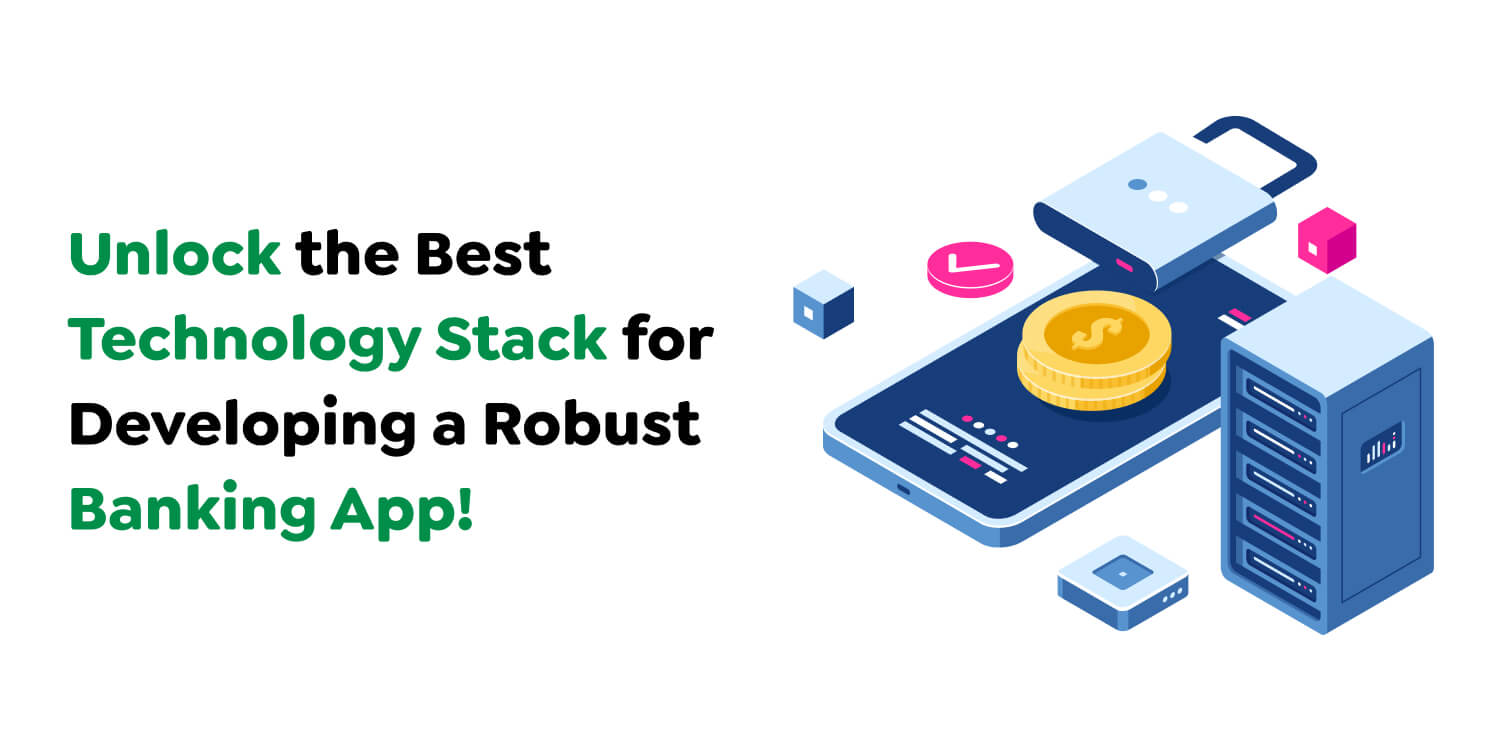
To develop a mobile banking app like HSBC UAE, one must identify and choose proper modern technologies and frameworks to achieve adequate and efficient working, secure environment, and usability. The usual technology required for setting up and developing an app of this nature includes Front and Back end solutions, Security, and Monitoring applications. Thus, by using modern programming languages, frameworks, and tools, the developers can deliver a banking app that is secure, scalable, and very friendly to contemporary customers. The following sub-sections discuss the paramount technologies and tools needed to create a first-class mobile banking application.
Also Read : How much does it Cost to Develop an App like DIB (Dubai Islamic Banking)?
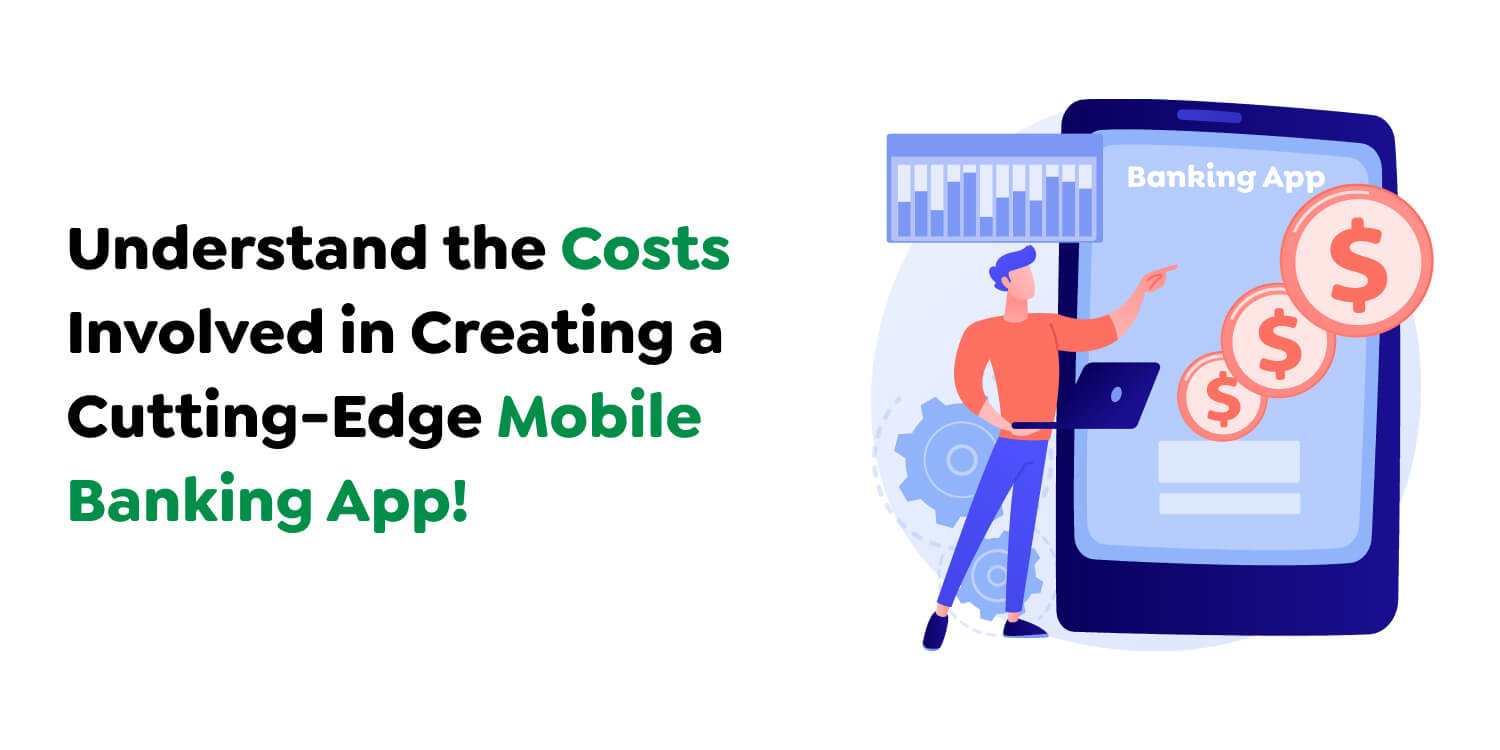
The cost of creating a banking app like HSBC UAE depends on the number of characteristics to implement, the team, time, and location. Here’s a detailed breakdown based on feature sets and functionalities:
The cost model also varies with the design, integration level of other tools, adherence to rules and regulations, and maintenance and upgrades. This is where employing a specialist mobile app development company in UAE may be beneficial, as it will guarantee that the developed app will be of top quality and meet the users’ needs.
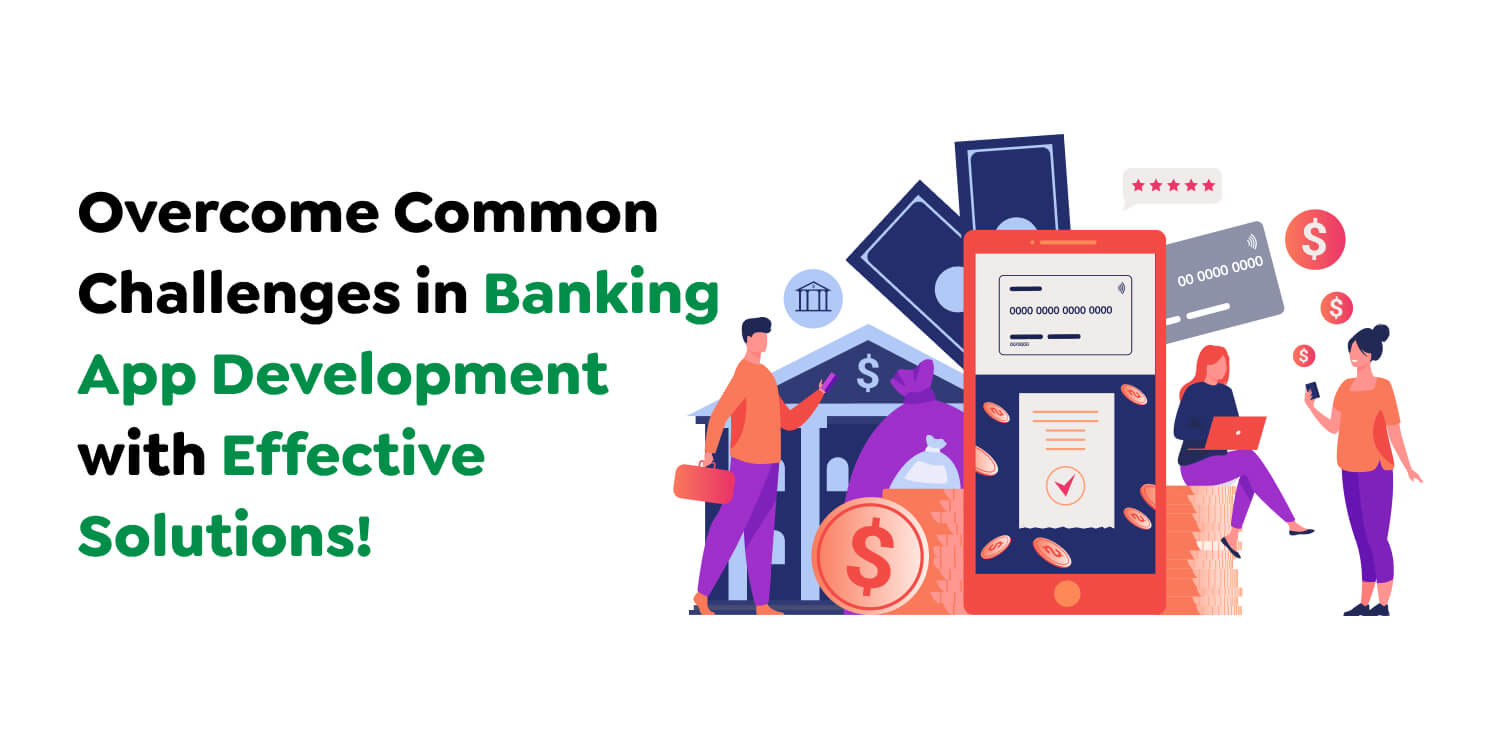
Solution: Adopt cutting-edge encryption modern technologies such as AES (Advanced Encryption Standard) and TLS (Transport Layer Security) to protect user data at all stages of transmission and storage. Implement multi-factor authentication (MFA) and conduct regular, comprehensive security audits to identify vulnerabilities and ensure compliance with the latest data protection standards. Also, stay proactive with penetration testing and real-time monitoring to swiftly detect and address potential threats.
Solution: Interact with legal and compliance teams to understand the existing and new financial regulations recognized locally, nationally, and internationally. For the practices to be on the right side of the legal requirements, one should always check the current standards in the industry, such as the GDPR and the PCI DSS. Thus, to address constant legal changes, companies should keep in touch with the regulating authorities, making the legal requirements shift to be more manageable in compliance with the legal risks.
Solution: Make effective communication channels to ensure users approve of your organizational communication networks. In detail, it explains how data is gathered, processed, and utilized and allows users to manage their personal information. Shooting for redundancy and backup solutions gives a reliable, standard service with the least disruption. Further, ensure clients receive customer support through different means at any time and receive attendant solutions to problems or questions. Openness and accessibility increase confidence and evidence that a company cares for its clients.
Solution: Middleware and integration platforms should link traditional SS with more advanced technologies. Middleware solutions can help transfer data from one system to another, avoiding problems when integrating the new system with the old one. To mitigate this risk, modern solutions can be integrated in stages. A modular integration concept would allow businesses to adjust gradually without ripening and replacing their entire systems, significantly disrupting operations.
Also Read : Mobile App Development in the Middle East: 2025 Trends & Success Stories

Developing a robust banking app requires technical expertise and industry knowledge. Professional development teams can:
AI-driven tools analyze user behavior to offer customized financial advice and alerts.
Voice-activated commands simplify account management for users on the go.
Decentralized technology ensures secure and transparent financial operations.
Open APIs allow third-party integrations, enriching user experiences.
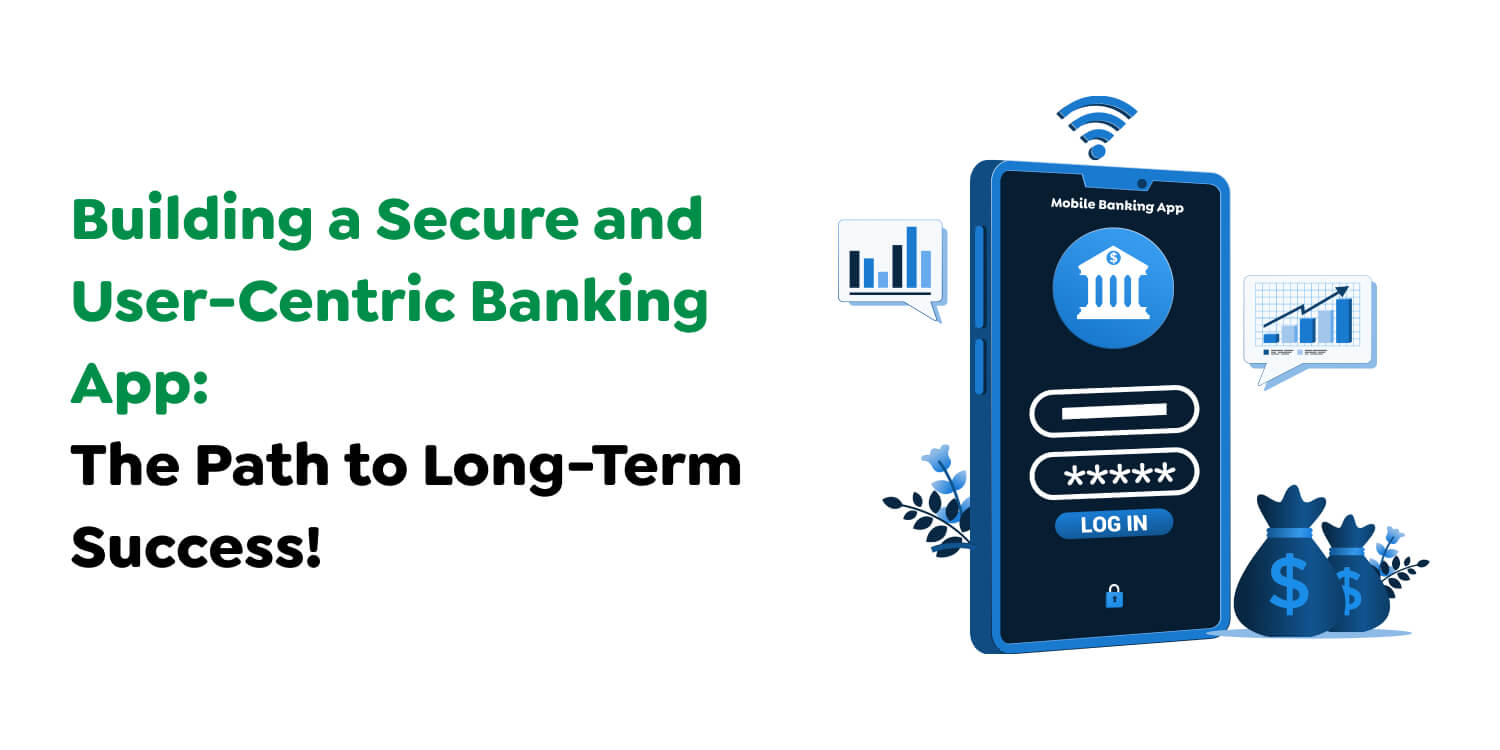
Developing an app similar to HSBC UAE is never impossible, but it comes with certain risks and rewards. When selecting a top mobile app development company in Dubai, they must develop a banking app focusing on its usability, security, and technology solutions to facilitate added user value. Whether you’re a young company or a bank company, you’ll benefit from investing in a feature-rich and secure application. When you are a fintech app development company, essential solutions can improve your banking application, thus meeting the customer’s needs and standing out from the competitors. When considering security and UX, the key priority can be effective in creating a secure application that will increase customer loyalty and drive long-term revenue for a company.
Get in touch with Techugo, your trusted partner for innovative app development. Let’s transform your vision into reality with our expertise and dedication!
Write Us
sales@techugo.comOr fill this form